Human history is filled with stories, and religion has always been one of its most fascinating threads. People have sought meaning for thousands of years, and while many have faded, others still thrive. Here’s a lighthearted look at some of the oldest religions, how they began, and the curious details that keep them unforgettable.
Hinduism
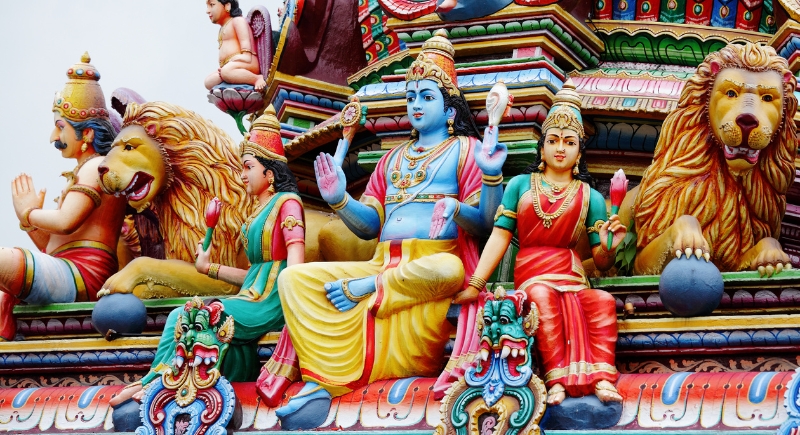
Hinduism grew over centuries rather than starting with one founder, which makes it feel more like a vast archive of beliefs than a single system. Its earliest roots trace to the Indus Valley civilization around 1500 BCE. Many Hindus honor multiple deities, each representing a life aspect, while still acknowledging one ultimate divine source.
Zoroastrianism
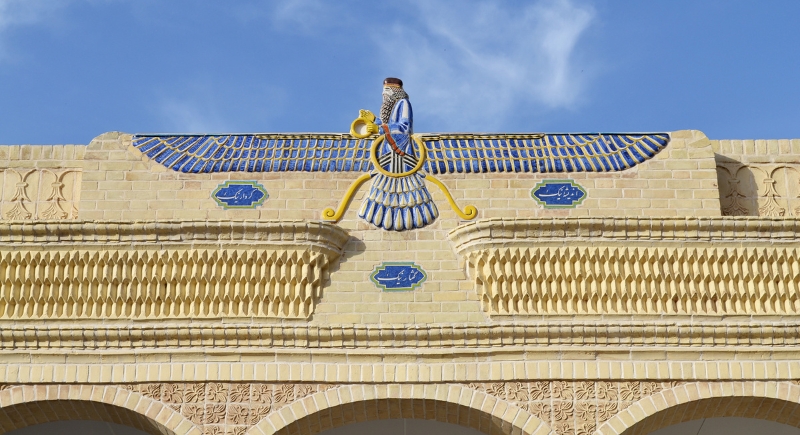
In ancient Persia, Zoroaster’s teachings introduced one of the first monotheistic faiths. Followers center their lives on the constant struggle between good, represented by Ahura Mazda, and evil, symbolized by Angra Mainyu. Though the religion’s heartland is Iran, many practicing Zoroastrians, known as Parsis, live in India today.
Judaism
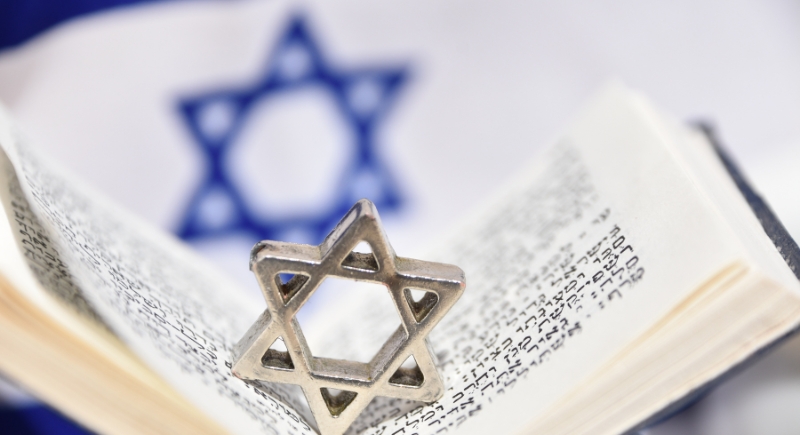
Judaism is anchored in stories of Abraham and Moses, but its influence reaches far beyond its roots. Beginning in the early second millennium BCE, it shaped ideas about law, morality, and community life. The Torah remains the key text studied in synagogues and homes.
Jainism
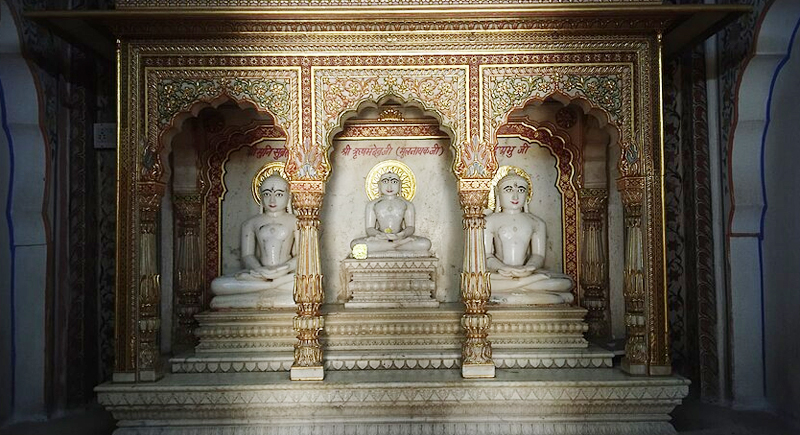
Its teachers, called Tirthankaras, guide followers toward liberation by conquering inner vices. Mahavira, the 24th Tirthankara, lived in the 6th century BCE and is central to modern Jain thought. Monks often carry cloth to filter water and sweep paths to avoid harming small creatures, a practice reflecting their serious approach to respecting all life.
Buddhism
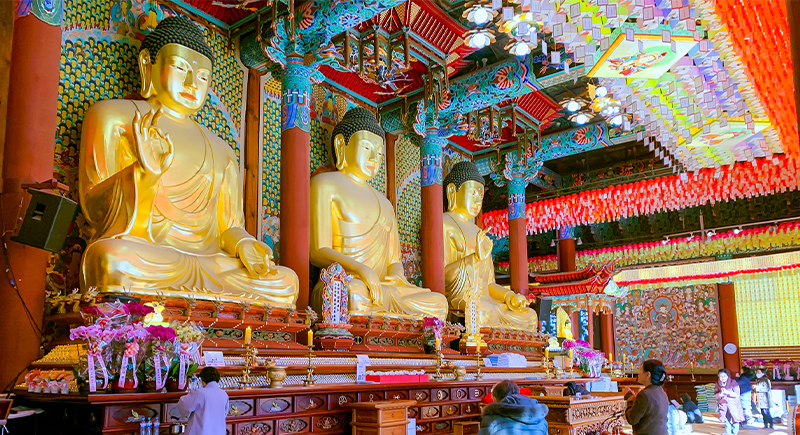
When Siddhartha Gautama renounced palace life in the 5th century BCE Nepal, he began a journey that sparked one of history’s most influential faiths. His insights on suffering and the Eightfold Path still shape Buddhist practice worldwide. Meditation, chanting, and mindful living are core elements.
Confucianism
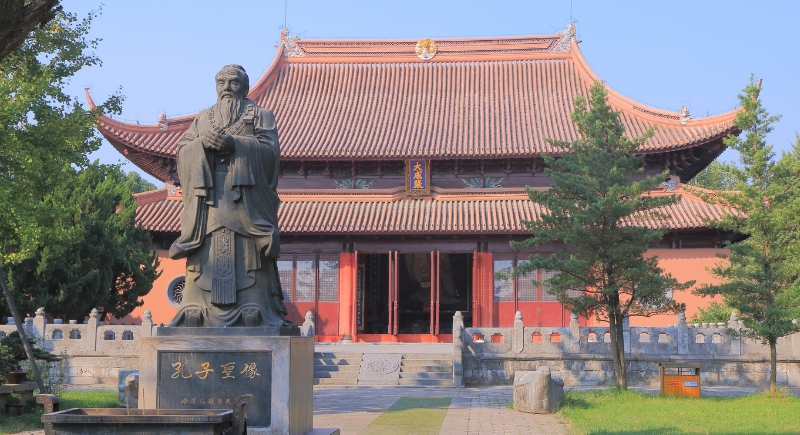
Confucianism is often called a philosophy, yet its role in shaping Chinese culture gives it a place on this list. Around the 5th century BCE, Confucius encouraged ethical living, respect for elders, and social harmony. His sayings, collected in the Analects, guide not just rituals but attitudes toward family and government.
Taoism
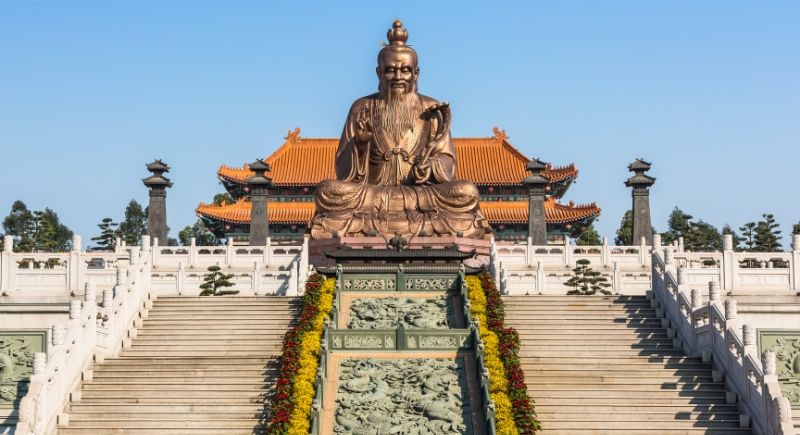
Taosim emerged in China during the late 4th century BCE. It offers a way of living in balance with natural forces. Instead of rigid doctrine, it relies on writings like the Tao Te Ching and practices like Tai Chi. Its yin and yang symbol, now widespread, reflects ideas about harmony and the interplay of opposites.
Shinto
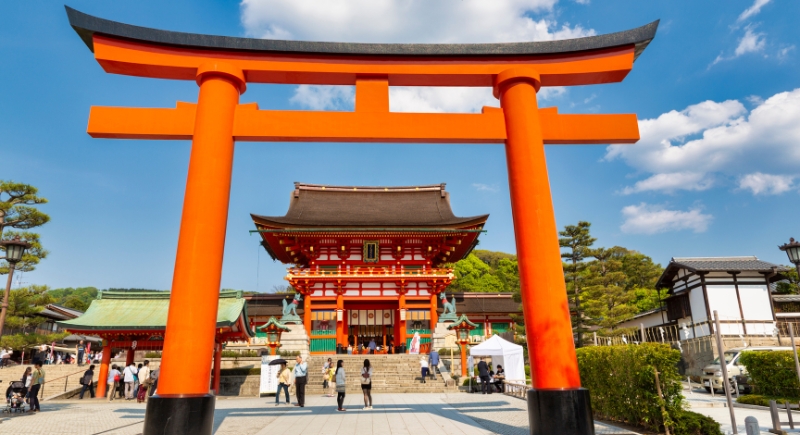
Shinto remains Japan’s indigenous faith, with no single founder and a history stretching back well before written records. Its rituals revolve around kami, spirits tied to places and ancestors. Visitors still see Shinto shrines across Japan, marked by red torii gates.
Ancient Greek Religion
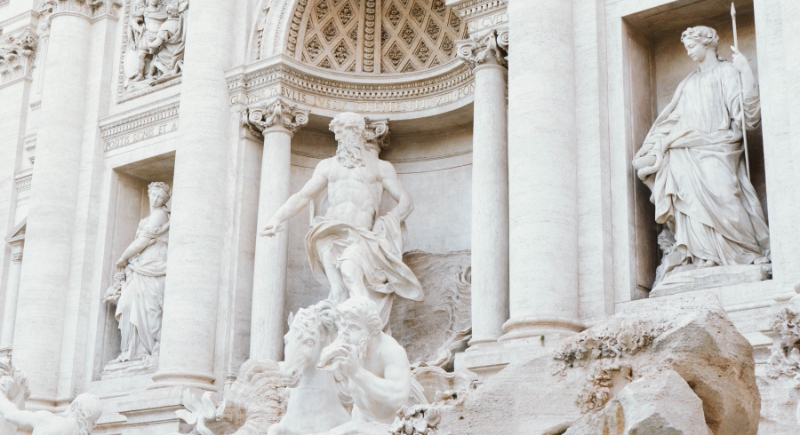
Before Christianity spread through the Mediterranean, Greek city-states worshiped a lively pantheon led by Zeus, Hera, and Athena. These deities were honored through festivals, theatrical performances, and temple offerings. Myths explained natural events and taught moral lessons.
Celtic Religion

Among ancient European tribes, Celtic religion flourished with rituals tied to seasons and the land. Druids, who served as priests and teachers, held ceremonies in groves rather than temples. Though little was written down, archeological finds reveal how deeply spiritual life shaped daily survival.
Christianity

Christianity began in the 1st century CE, rooted in the teachings of Jesus of Nazareth in Judea. His followers spread his message across the Roman Empire, recording his life and sayings in the New Testament. Today, countless denominations exist, each with unique traditions, but all trace back to that early movement.
Ancient Egyptian Religion
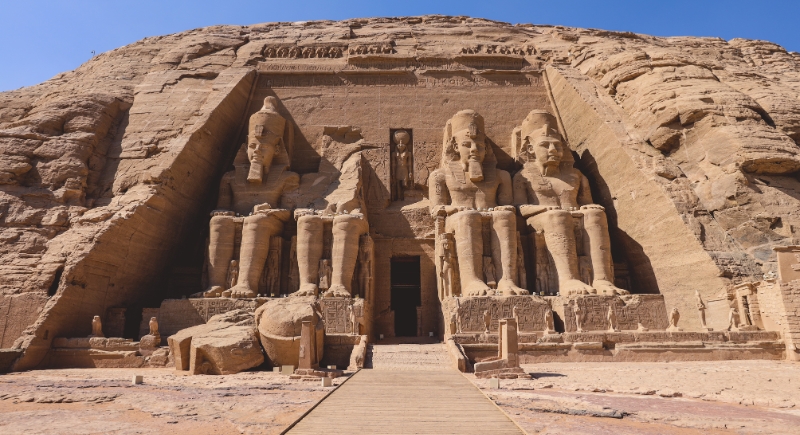
Long before modern nations, Egyptians honored gods like Ra, Isis, and Osiris. Temples lined the Nile, and elaborate funerary practices, including mummification, aimed to prepare souls for the afterlife. Hieroglyphic inscriptions reveal beliefs in cycles of rebirth and divine order.
Mesopotamian Religion
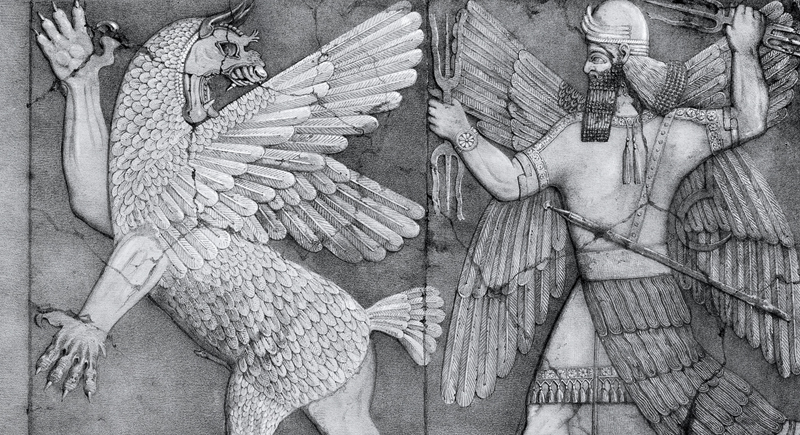
In the cradle of civilization between the Tigris and Euphrates, ancient Mesopotamians worshiped deities like Enlil and Ishtar. Epic tales such as Gilgamesh reveal their ideas about gods and mortality. Although those temples are ruins now, they represent one of humanity’s earliest organized faith traditions.
Mayan Religion
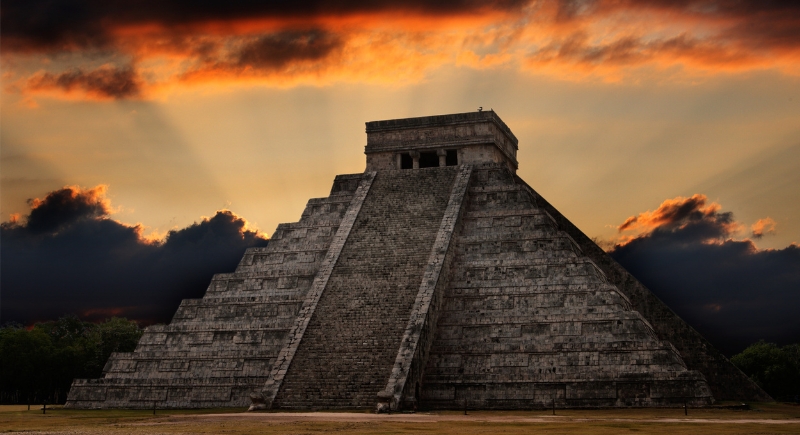
The Maya developed a faith interwoven with astronomy and agriculture. Priests tracked celestial events to time rituals, and ceremonies honored gods connected to rain, maize, and fertility. Sacred texts such as the Popol Vuh preserve myths that still fascinate historians and storytellers today.
Norse Religion
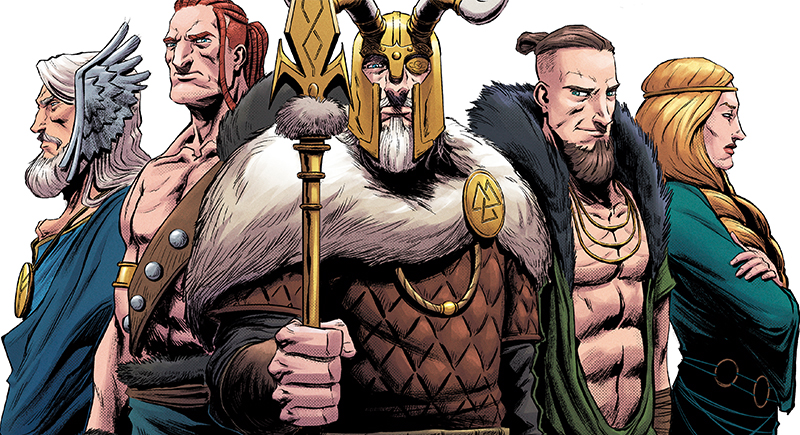
Before Scandinavia embraced Christianity, Norse peoples honored gods like Odin, Thor, and Freyja through seasonal feasts and sacrifices. Stories preserved in the Poetic Edda speak of heroic deeds and prophecies like Ragnarök. Wooden stave churches and runestones in today’s Nordic countries still hint at that legacy.